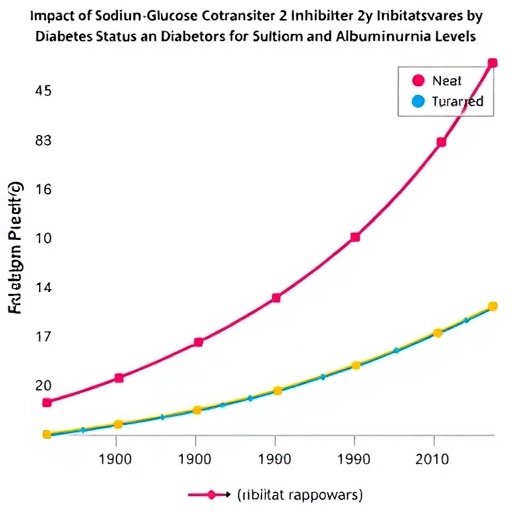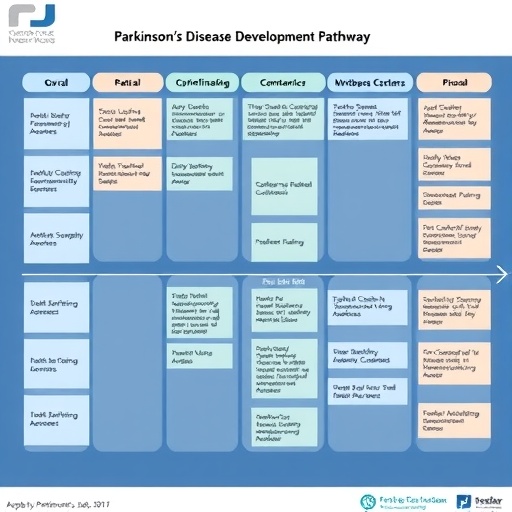Columbus, Ohio – The targeted therapy onalespib has shown effectiveness in preclinical studies of glioblastoma by researchers at The Ohio State University Comprehensive Cancer Center – Arthur G. James Cancer Hospital and Richard J. Solove Research Institute (OSUCCC – James).
Onalespib is designed to inhibit a molecule called HSP90. The molecule helps newly made protein molecules fold into their final functional form. A large number of receptor and DNA-damage-response proteins require HSP90 to achieve their functional conformation. In cancer cells, HSP90 can be expressed up to 10 times higher than in normal cells.
This study showed that onalespib blocked HSP90 activity and thereby reduced the expression of cell-survival proteins such as AKT and endothelial growth factor receptor in several glioma cell lines and in glioma stem cells obtained from patient tumors. This, in turn, reduced the survival, proliferation, invasion and migration of the cells.
In animal models of glioblastoma (GBM), the agent crossed the blood-brain barrier, and showed effectiveness as a single agent, and then greater effectiveness in combination with temozolomide, improving survival in both cases.
The findings are published in the journal Clinical Cancer Research.
"Our studies show that onalespib can efficiently breach the blood-brain barrier and reach tumor cells better than other HSP90 inhibitors," says principal investigator Vinay Puduvalli, MD, professor and director of the Division of Neuro-Oncology at Ohio State and a clinician-researcher at the OSUCCC – James.
"By inhibiting HSP90, onalespib disrupts several key signaling pathways that drive the proliferation, metastasis and survival of glioblastoma cells. These findings suggest that this agent, in combination with chemotherapeutic temozolomide, could be an exciting new therapy for GBM. Based on the results of this study, we have generated a clinical trial that will determine whether onalespib in combination with standard therapy is safe and effective in patients with newly diagnosed glioblastoma," he says.
Glioblastoma is the most common and deadly form of brain cancer. More than 12,000 new cases are expected to be diagnosed in 2017, with overall survival averaging 16-18 months. The disease remains incurable, largely because GBM is difficult to remove surgically, because the blood-brain barrier prevents most chemotherapy from reaching these tumors and because these tumors tend to be radiation resistant.
The study's key findings include:
- Onalespib levels were higher in brain tissue compared with plasma after intravenous administration in a mouse model, showing that the agent can cross the blood-brain barrier.
- Tumor cells derived from patients and implanted into a mouse model showed that onalespib plus temozolomide significantly survival compared with mice treated with a neutral agent or either agent alone.
###
Funding from the NIH/National Cancer Institute (grants CA160777, CA127001) the Salvino Family and Accenture Brain Cancer Research Fund, Lisa B. Landes Brain Cancer Fund, and the Roc on Research Fund for Neuro-oncology supported this research.
Other researchers involved in this study were Alessandro Canella, Alessandra M. Welker, Ji Young Yoo, Jihong Xu, Fazly S. Abas, Divya Kesanakurti, Prabhakaran Nagarajan, Christine E. Beattie, Joseph Liu, Metin N. Gurcan, Balveen Kaur and Deepa Sampath, The Ohio State University; and Erik P Sulman, Joy Gumin and Frederick F. Lang, The University of Texas MD Anderson Cancer Center.
About the OSUCCC – James
The Ohio State University Comprehensive Cancer Center – Arthur G. James Cancer Hospital and Richard J. Solove Research Institute strives to create a cancer-free world by integrating scientific research with excellence in education and patient-centered care, a strategy that leads to better methods of prevention, detection and treatment. Ohio State is one of only 45 National Cancer Institute-designated Comprehensive Cancer Centers and one of only four centers funded by the NCI to conduct both phase I and phase II clinical trials on novel anticancer drugs. As the cancer program's 306-bed adult patient-care component, The James is one of the top cancer hospitals in the nation as ranked by U.S. News & World Report and has achieved Magnet designation, the highest honor an organization can receive for quality patient care and professional nursing practice. At 21 floors with more than 1.1 million square feet, The James is a transformational facility that fosters collaboration and integration of cancer research and clinical cancer care.
Media Contact: Amanda Harper, director, Media Relations
Direct: 614-685-5420; central media office: 614-293-3737
Written by: Darrell E. Ward, associate director for Cancer Communications
614-293-3737, or [email protected]
Media Contact
Amanda Harper
[email protected]
614-685-5420
http://medicalcenter.osu.edu/Pages/index.aspx
https://cancer.osu.edu/news-and-media/news/onalespib-could-be-an-effective-treatment-for-glioblastoma-preclinical-studies-show
Related Journal Article
http://dx.doi.org/10.1158/1078-0432.CCR-16-3151




